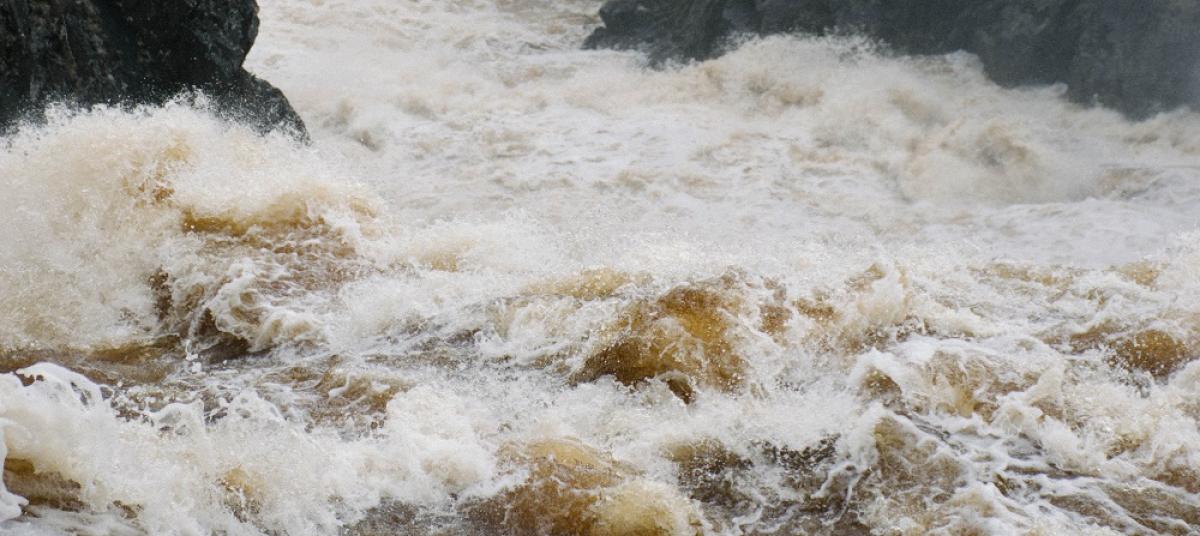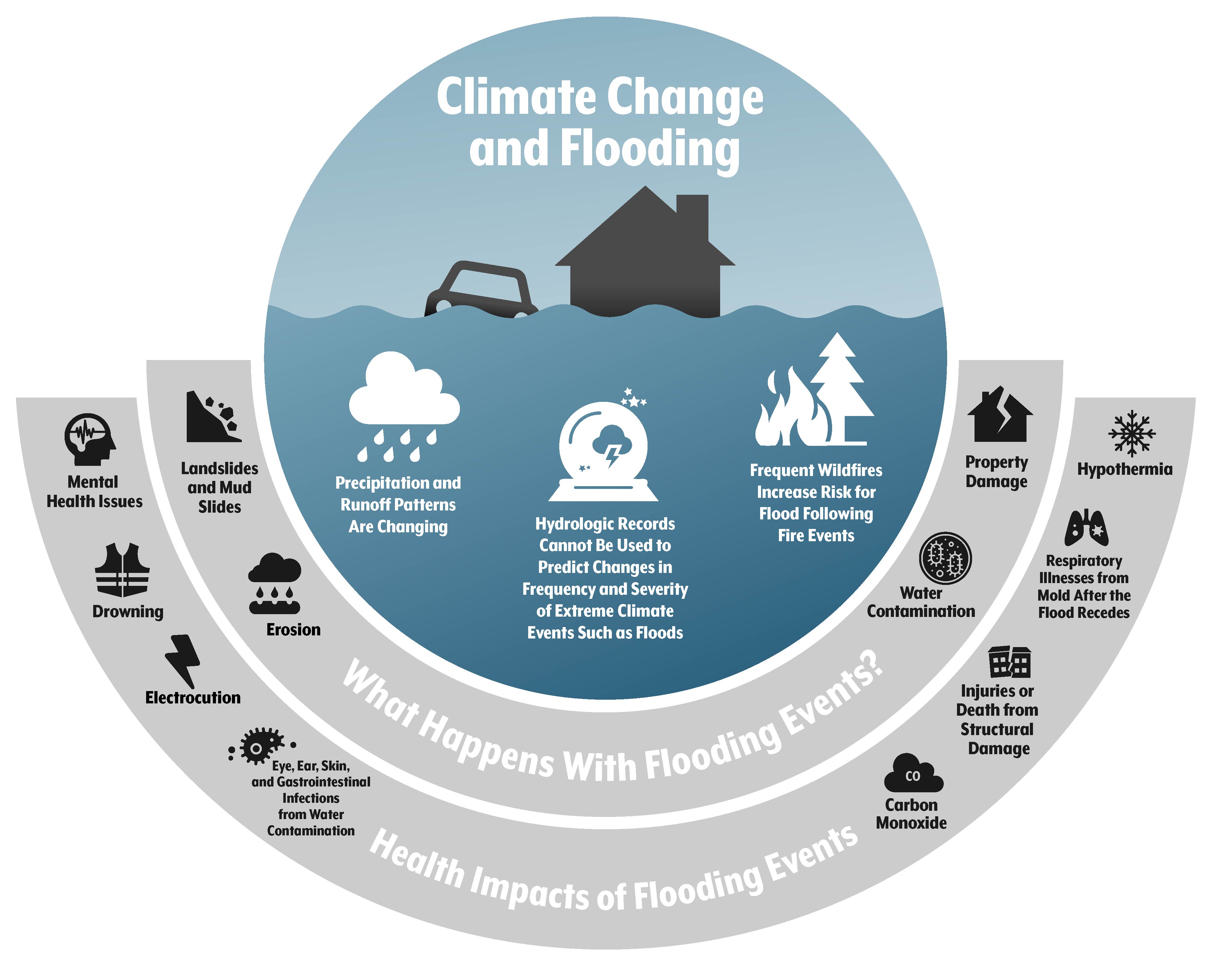When I drove down Poudre Canyon in late July, I saw traces of the Cameron Peak Fire all around me.
It was an increasingly familiar sight of ghostly, burned trees and non-existent vegetation left over from another one of Colorado’s increasingly large, intense wildfires. Farther down the canyon, the river, opaque with mud, surged over and around the roof of a house swept away in a recent flash flood. The river churned with debris — fragments of disrupted lives floating down toward Fort Collins.
Burn scars from Colorado’s historic 2020 wildfire season are vulnerable to destructive floods and mudslides because of the drastic changes to the landscape that occur during a fire. These events created road closures and travel delays for Coloradans traveling west along the I-70 corridor and along Highway 14 in Larimer County, where large wildfires occurred less than a year earlier.
Flash floods are common and can occur nearly anywhere in Colorado, causing injuries or death with little warning. But Coloradans who live or play near burn scars are at increased risk for future flooding. These communities must contend with the direct health effects associated with floods, such as drowning or emotional stress, as well as a myriad of social consequences including the disruption of transportation, communication, and business
Amid the doom and gloom, there is good news for Coloradans. Local governments and public health agencies have emergency plans in place to prepare for flooding events, and communities around the state are improving their efforts to raise awareness about flood safety and post fire flooding events.
Last Year’s Fires, This Year’s Floods
Climate change has a compounding impact on Colorado’s environment. Newly charred trees and blackened mountainsides from recent wildfires create the perfect conditions for floods and mudslides.
The year 2020 was the worst wildfire season in Colorado history. Four of the largest fires ever recorded in the state burned almost 600,000 acres of land, caused a series of community evaluations, and resulted in two deaths. Colorado’s Poudre Canyon, Glenwood Canyon, and parts of Grand County that experienced some of the worst destruction from the fires have seen a summer of unpredictable road closures and property destruction due to fast moving mudslides and floods. It takes only a modest rainstorm to trigger these flood-after-fire events because a burn area’s soil and vegetation are unable to absorb enough water during a storm. These floods are much more common than the 2013 floods, a once in a century event that wreaked havoc on Front Range canyons.
Flash Floods, Mudslides, and Your Well-Being
Flash floods can occur in both flood-prone and non-flood prone communities, from downtown Denver to Glenwood Canyon. Flooding events that become mudslides create danger in canyons, where water can move at high speeds downhill with debris and rocks.
Immediate health dangers, such as emotional stress, electrocution, or drowning, can occur during and after flooding events as people encounter fast-moving or standing water. (See Figure 1.) But there are also large social consequences of flooding events for communities and individuals. Normal life is disrupted by damaged roads that cut off access to jobs or school. Power outages and broadband lapses reduce people’s ability to communicate. And damage to homes, businesses, schools, or health care facilities can inflict physical, mental, and economic distress.
Looking Ahead
Flash floods are, and will continue to be, a common event in Colorado, especially in areas near a wildfire burn scar. Ongoing preparedness efforts are needed at the individual, community, and public health-level to mitigate the risks.
Individuals and Families
Being prepared for a flooding event is essential for personal and community safety. There are steps people can take before, during, and after a flooding event has occurred to ensure their safety.



